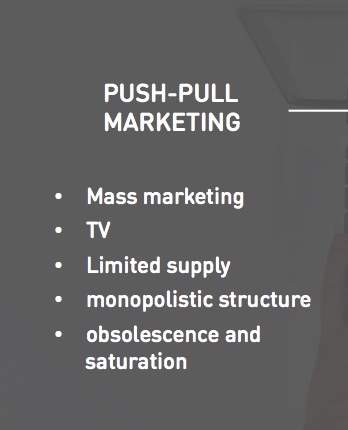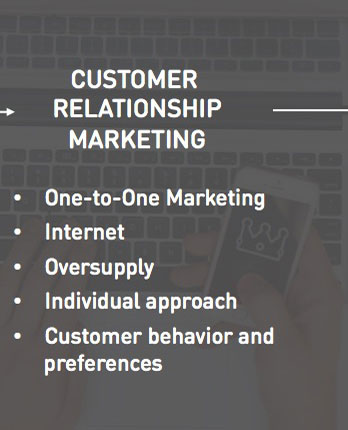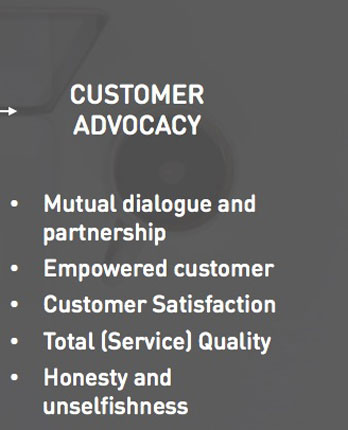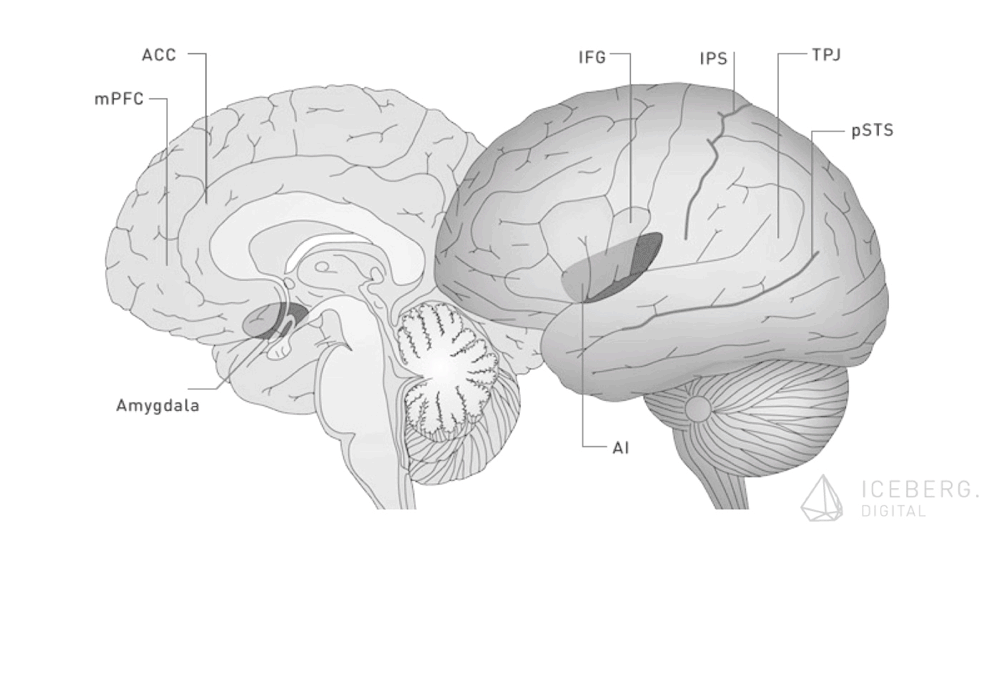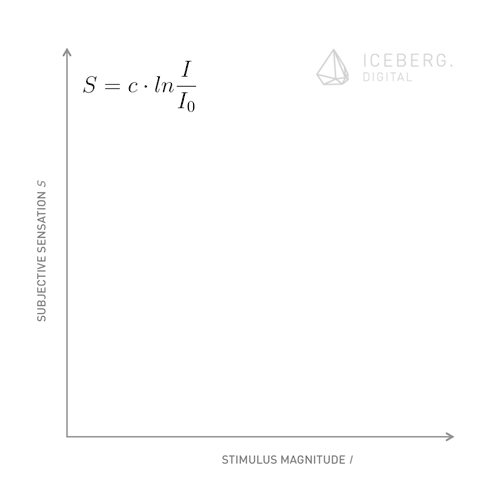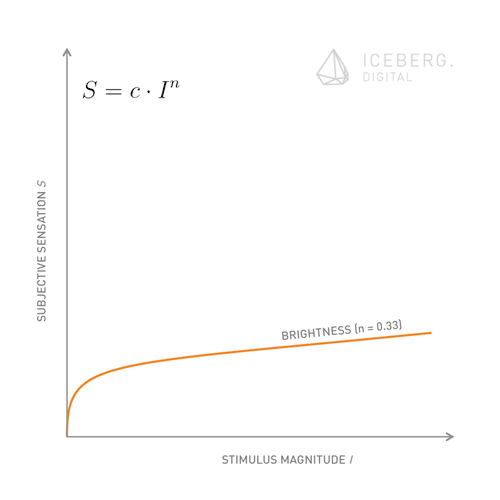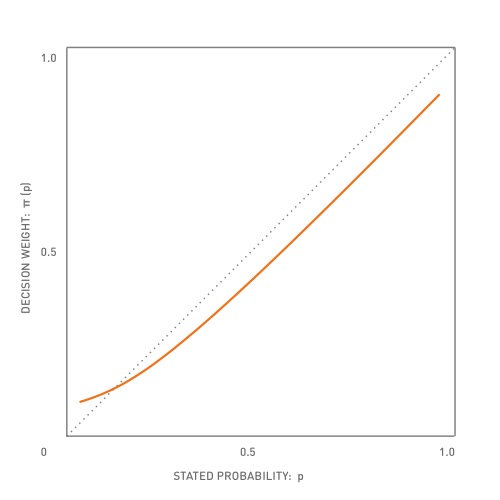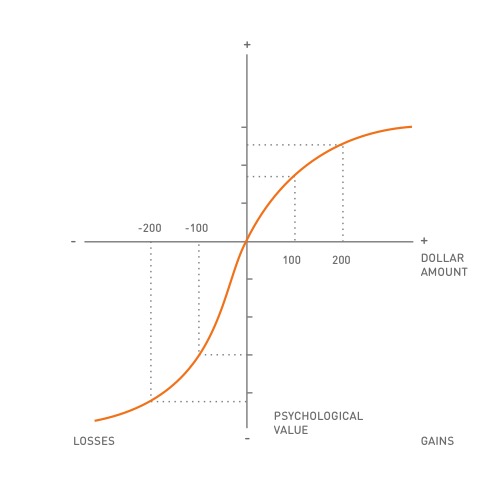C. The pain of paying
A third interesting source of insights from neuroeconomics research comes the findings from INSEAD Marketing Assistant Professor Hilke Plassmann. While traditional economic theory draws on utility theory to explain purchase decisions, behavioral economic theories suggest an additional hedonic process that considers payment of a price as an immediate displeasure: The pain of paying. In the context of trust, the provision of personal data can also be considered an act of paying. Hence, providing personal data online is an actual affective experience that guides online behavior.
Plassmann’s recent research provides empirical evidence of a higher order affective pain-experience (not yet published). The pain of paying appears to be associated with affective pain and not with somatosensory pain. fMRI results show that affective and somatosensory pain take affect in different areas of the brain. The more intense this experience of pain, the lower a consumer’s Willingness-to-Pay (WTP). Manipulation of affective pain (e.g. through conceptual priming or drugs) can influence the consumer’s WTP.
These result show the power of contribution neuroscience can make to traditional economic disciplines such as marketing. It gives new and detailed insights into the mechanism of the consumer mind. Obviously, marketing specialists have always been aware of the fact, that customers dislike the process of paying. Transaction data provides evidence for the fact that consumers spend more, when they can pay with credit cards. In addition, the concept of all-inclusive hotels is widely spread and highly appreciated by travelers.
In the context of online trust, marketing specialists need to consider the fact that providing personal data is associated with affective pain. Hence, this perception of affective pain needs to be facilitated in order to get the customers consents and therefore access to the data. A promising strategy is the deliberate timing of data collection. Data can or should be collected along phases on the digital customer lifecycle when a low level of affective pain can be assumed. This topic is subject to the section about timing in chapter 3.




